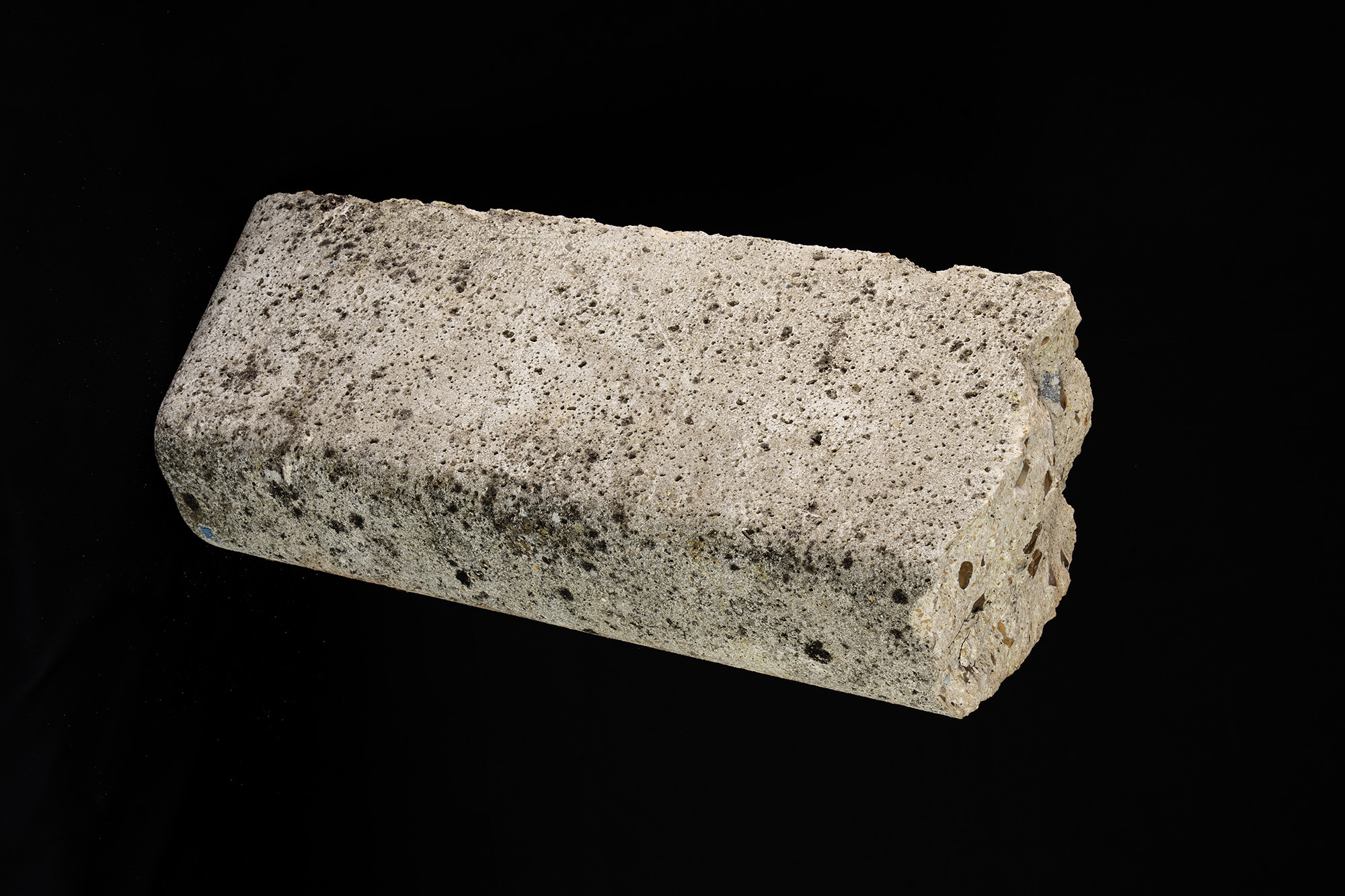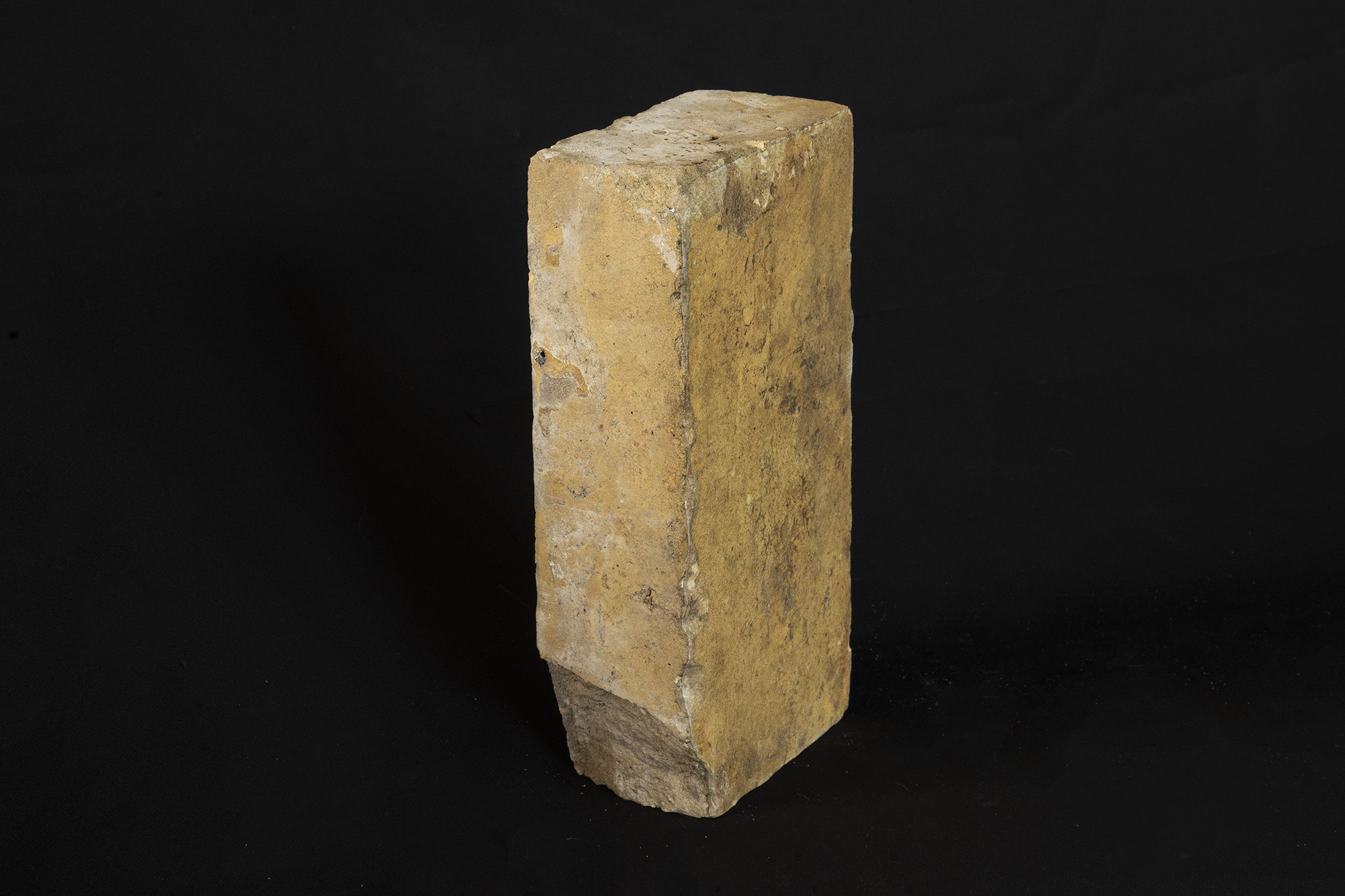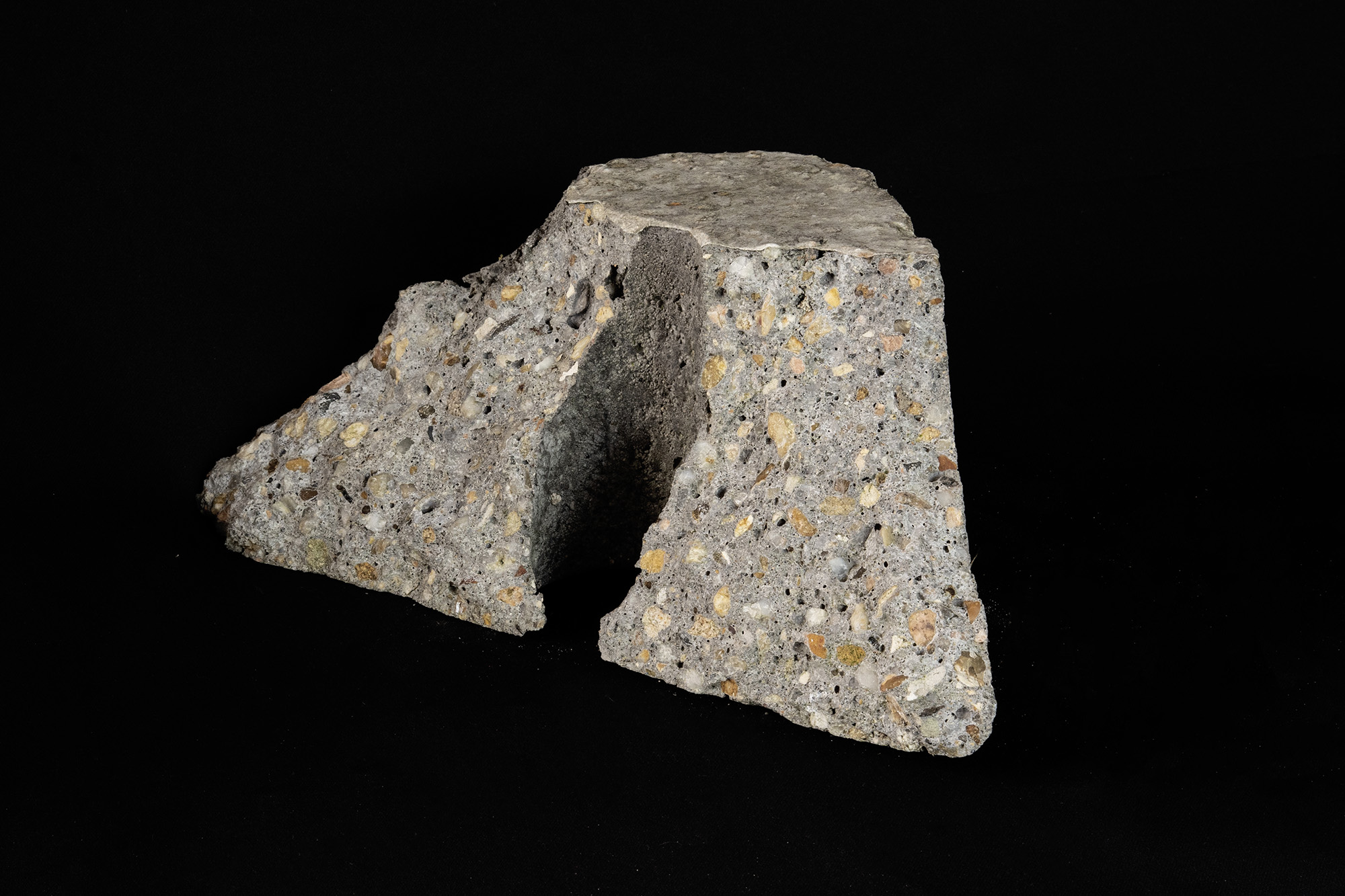Idiot photographs are applied directly to the surfaces they reproduce.
They only make sense in the precise location where they are installed.
Like reality, as analyzed by Clément Rosset in Le Réel, traité de l’idiotie, these photographs exist “as singular facts, without reflection or double: [they are] idiot, therefore, in the literal sense of the term.”
The proposed installation not only reduces the distance between the work and its model, it also performs a kind of ontological magic. Once in place, the original becomes both visible, by being duplicated in art, and invisible, by being covered. On the other hand, the image, perfectly blended into its support, becomes invisible itself, even though it is directly exposed to the viewer's gaze. The work uses discarded materials—broken bricks, imperfect stones, construction waste.
In a society that produces more than it retains, accumulates more than it looks at, the installation thus proposes a gesture of slowing down: rediscovering, in a world saturated with objects and images, a form of attention to reality. Unlike other projects with which they share a conceptual affinity, such as William Anastasi's “Untitled-six sites” (1966) or Franco Guerzoni's “Affreschi” (1972), the idiot photos do not only represent reality. They replace it.





